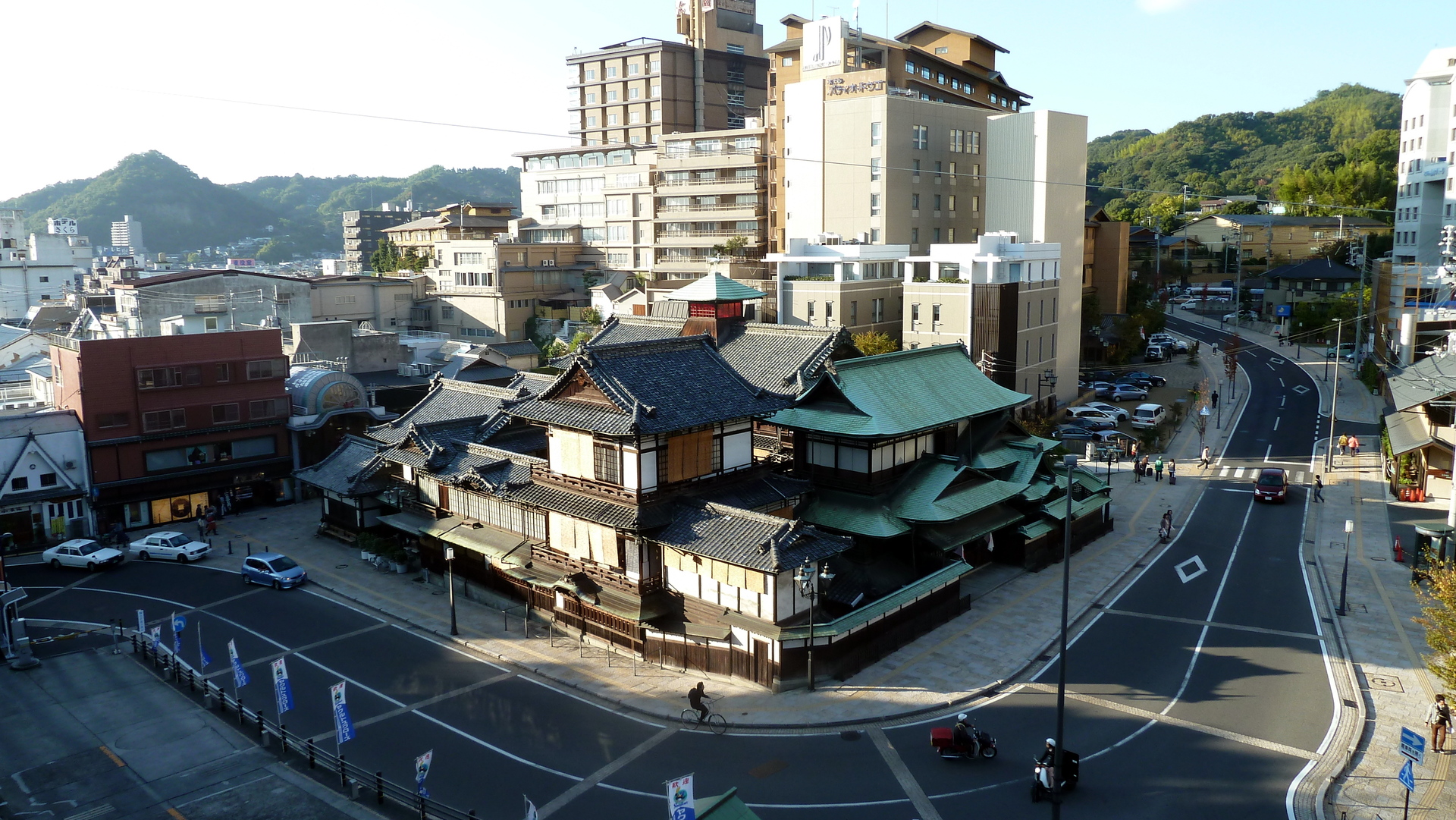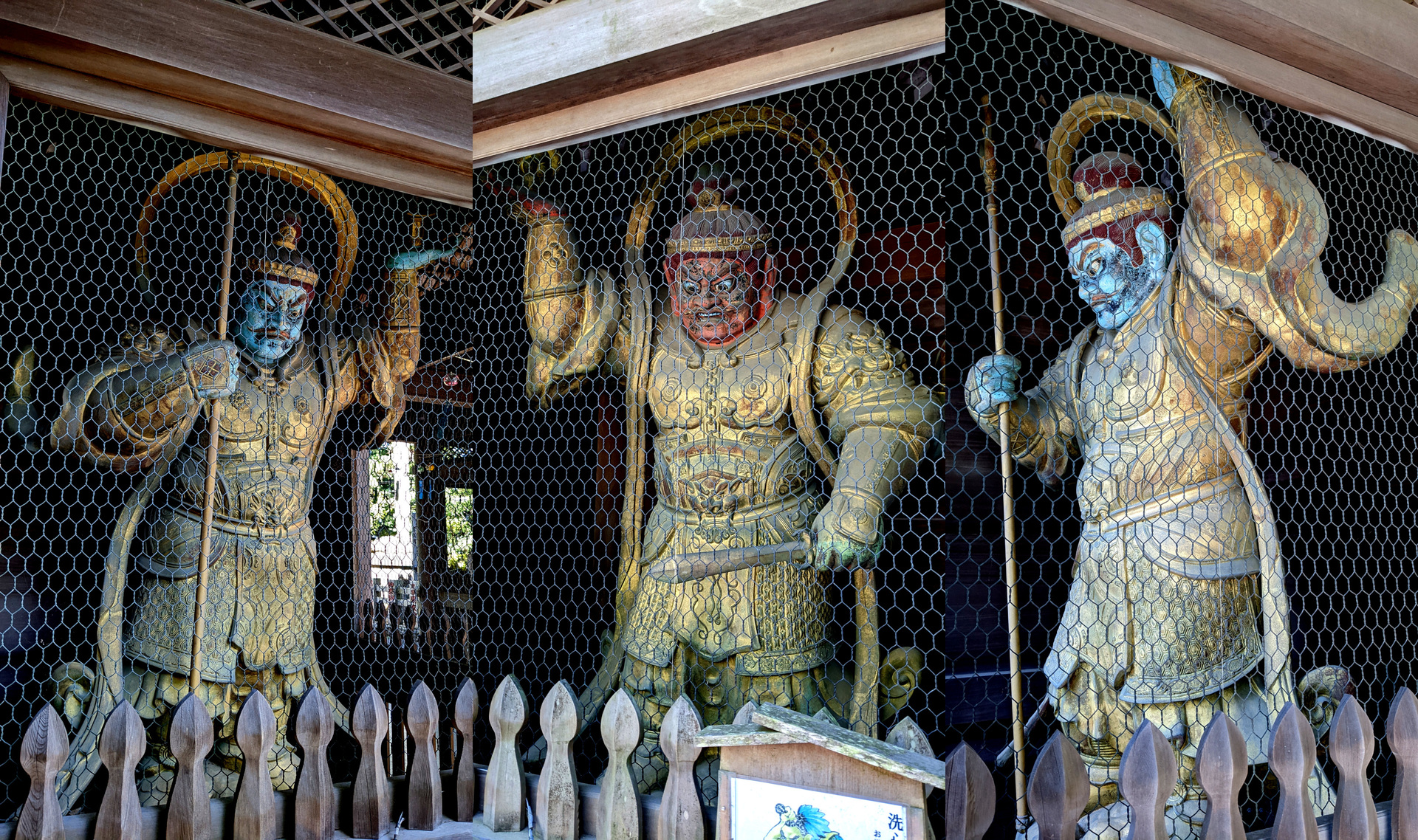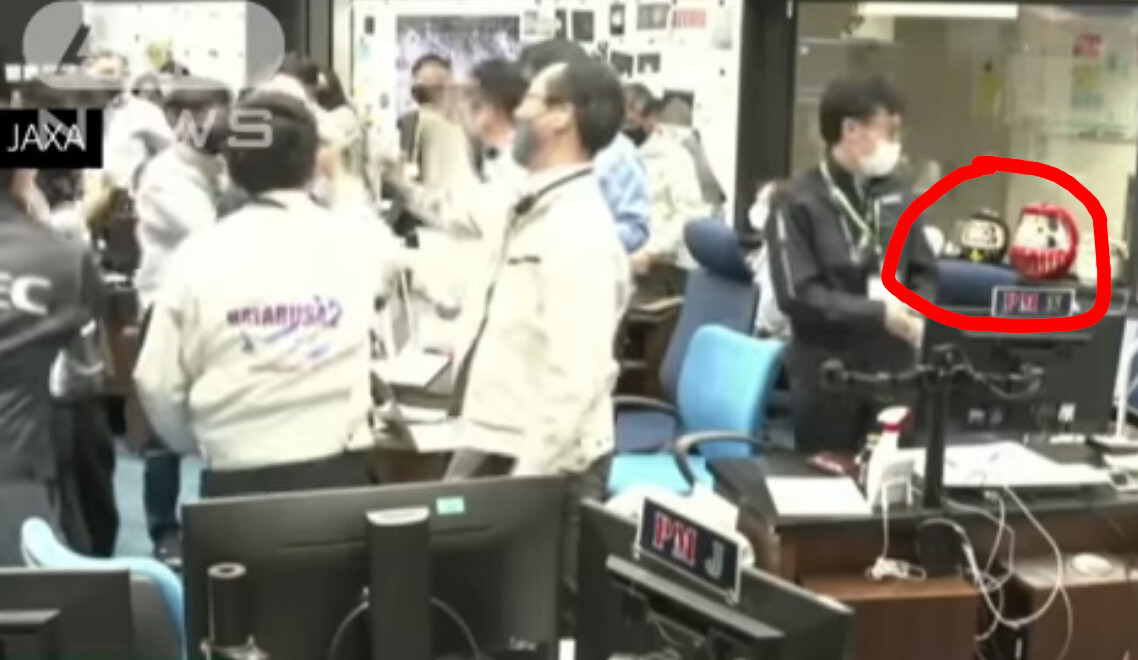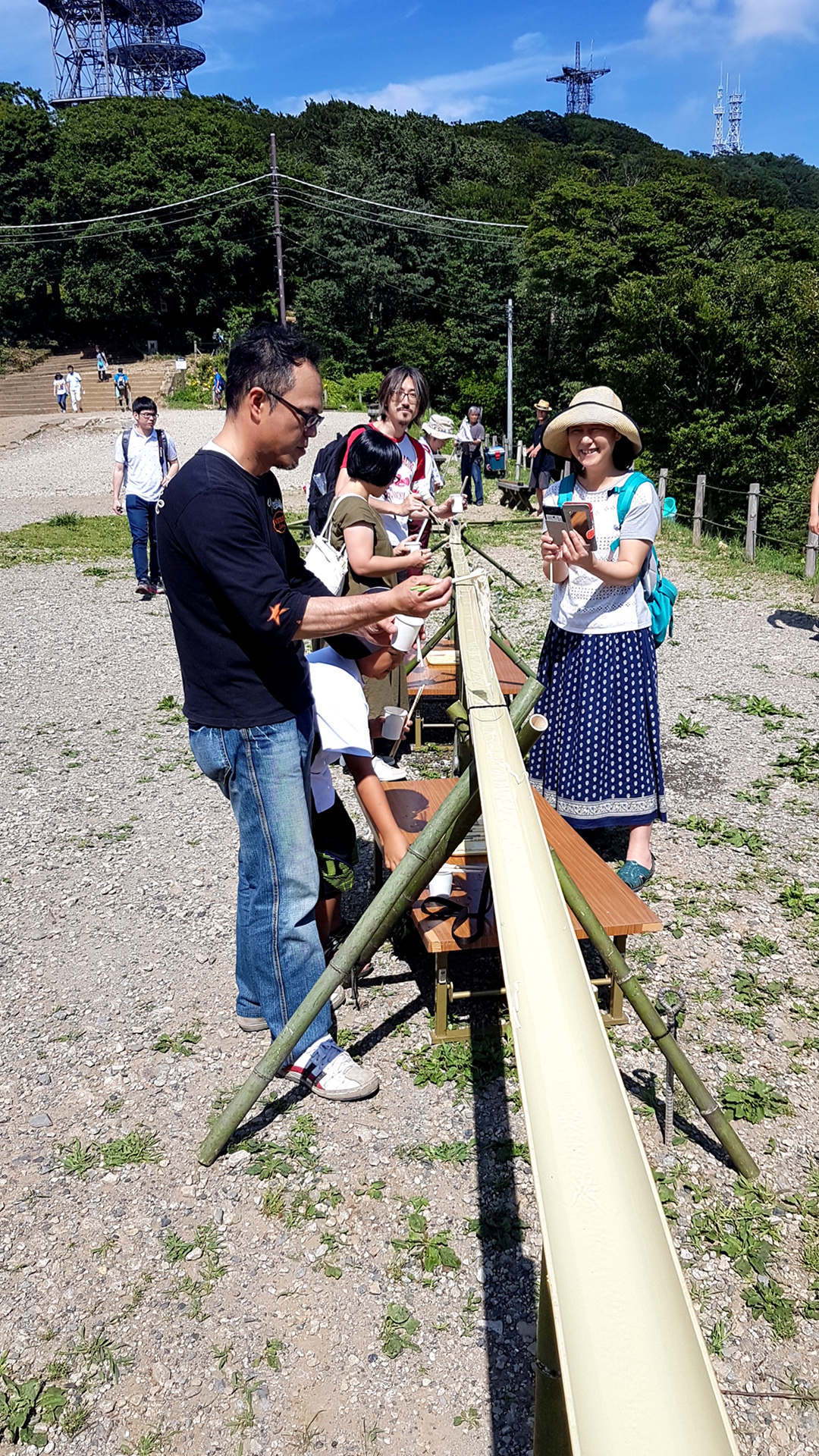For me, Japan deals with culture, technology and religion in different ways from what I was used to. I will try to grab these specialities here.
Combining Culture & Technology
I started to wonder about this when I came to Matsuyama, and saw the Dogo onsen. There it was, with more than 1000 years of history one of the oldest bathes in Japan. Just in the middle of new buildings, a nice combination of traditional old and new things.

Another example if impressive combination of culture and technology is this robot. Technology of robots which are fore example used in car production has advances, so comparing the capabilities, power and precision of such a robot with something like traditional sword usage is just great.
Spinning Religion further
Making fun might be a bad phrase.. thinking about religion outside the box might be better. I had good discussions with religious people believing in Christianity, but shining Christian religious figures in a different light is forbidden by all I know.
Things seem more flexible in Japan. That starts with most Japanese taking parts of multiple religions, Buddhism and Shinto. While Christianity has this exclusivity rule ‘you must not believe in other gods’, Japanese take depending on the occasion from both religions: marriage from Shinto, funeral from Buddhism. Also religious places from both are frequently visited, sometimes these are located next to each other.
Having own thoughts about religious figures in Christianity is very limited, but more flexible in Japan. These are guardians at the Yakuō-in Sanmon Gate (高尾山 薬王院 山門) near Tokyo, in front of a buddhist temple:

Now, how do you think these look like when they are now on duty, guarding the entrance? An artist wondered to, and made then great pictures of “guardians on their day off”. I just love how people can go ahead and do this kind of thing with religious figures!
Flexibility with eating
Food is modified, extended everywhere, constantly. But here I appreciate the way of enjoying food: eating nagashi somen. In Japan, we see more emphasis on the group, in the western world more on the individual. Imagine a pipe of 10cm diameter, with the upper half cut away, so looking like a drain for rain water. At fairs and festivals, such a pipe is setup with a slope, and drinkable water flows down. In that water, thin noodles made of wheat flour are inserted, the Somen. Ice pieces are also inserted, so the Somen moves downwards with the water. The participants then take place at the sides of the side, can take out Somen with chopsticks, dip into a cup with soy sauce they have in their other hand, and then eat the Somen. What a fantastic idea to eat together in this way!
Next: ramen, a kind of soup, is famous in Japan, so one would think that exotic experiments are forbidden? Nope, there is even chocolate ramen..
Technology and Religion
I work at a company involved in software development. One of my first encounters of how Japanese bring technology and religion together was when we were about to release a piece of software. One of our partners from Japan flew to America to discuss technical topics, and they brought along a kind of religious talisman, which was from a shrine, for giving the software a good start. The talisman was placed in the room for the whole week, while the talks were going on.
It does not end there: the Kanda Myojin shrine is specialized and has talisman (‘omamori’) available for technology pieces like computers.
Do you know Daruma?
These are a kind of doll in Japan, mostly red, looking like a head.
They are available with white eyes, when having a wish then the
owner paints one eye, and when the wish is full filled the Daruma
gets his second eye. I really loved to see Jaxa (kind of Japanese
NASA) landing the Hayabusa spacecraft on an asteroid - do you notice
the Daruma on the right side?

Japan - a fine and flexible combination of tech, culture and religion.
Last modified on 2022-07-28





